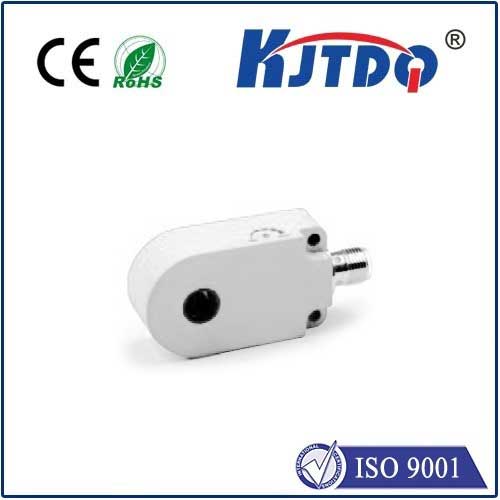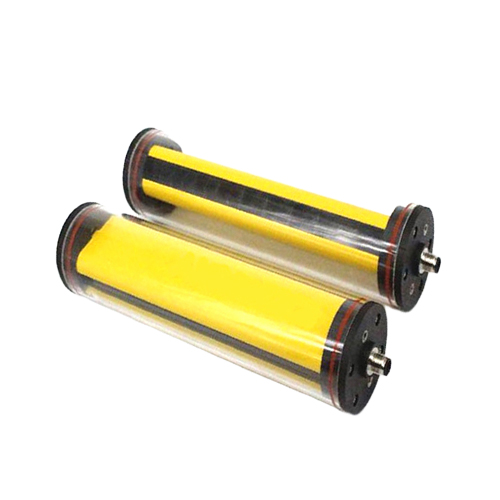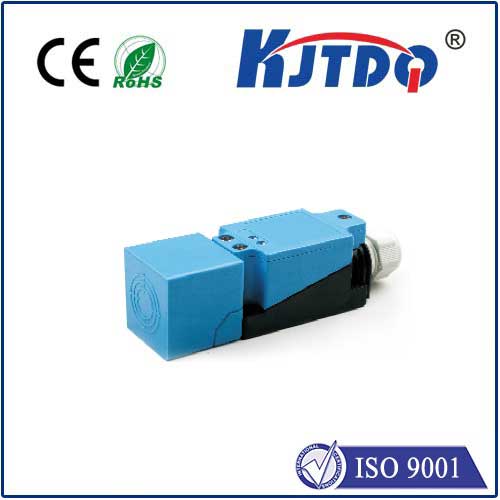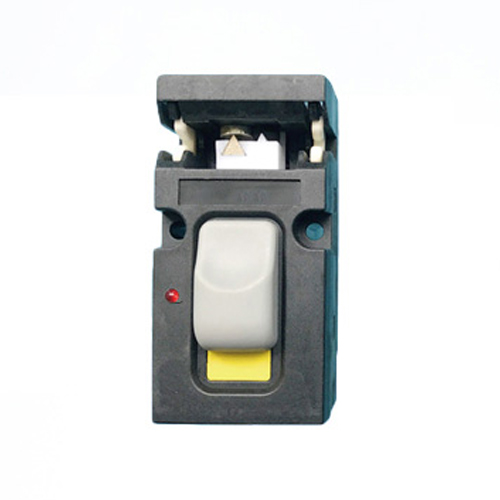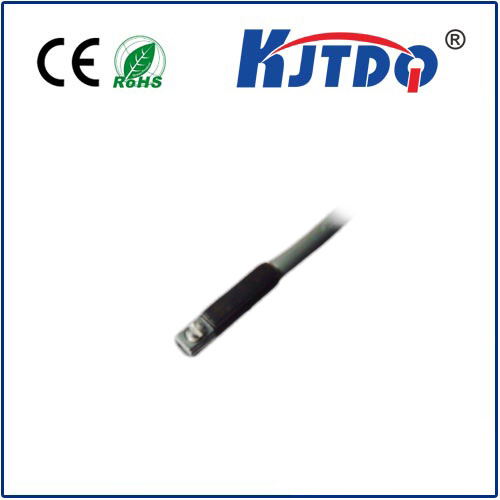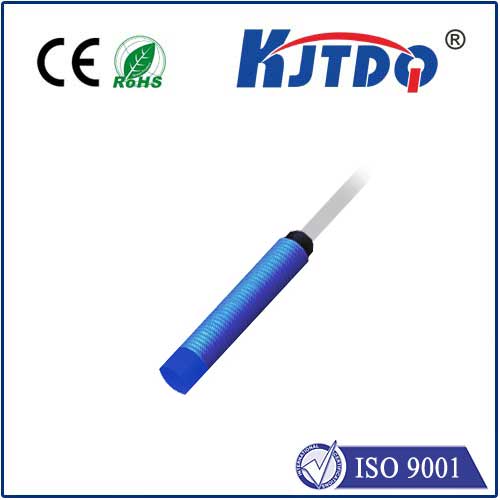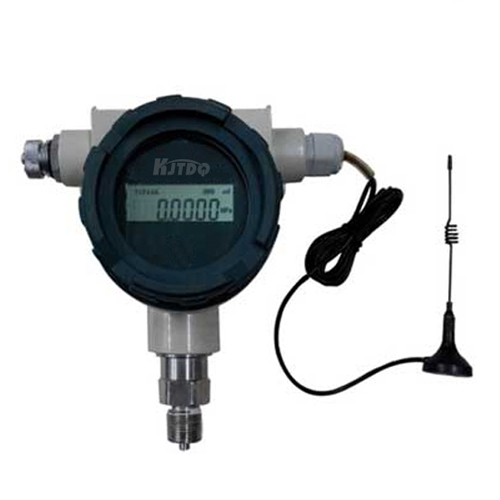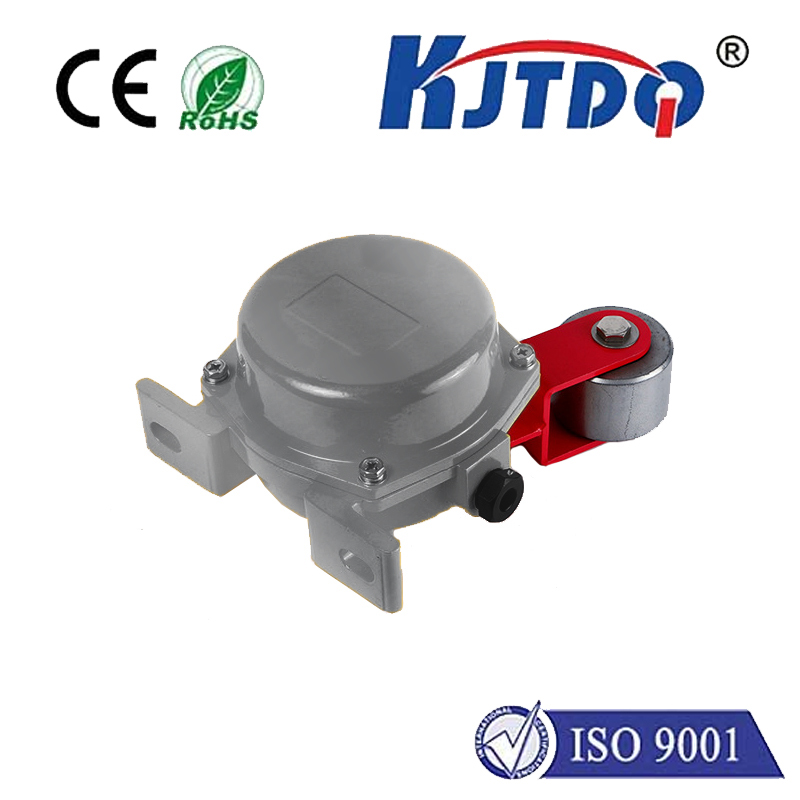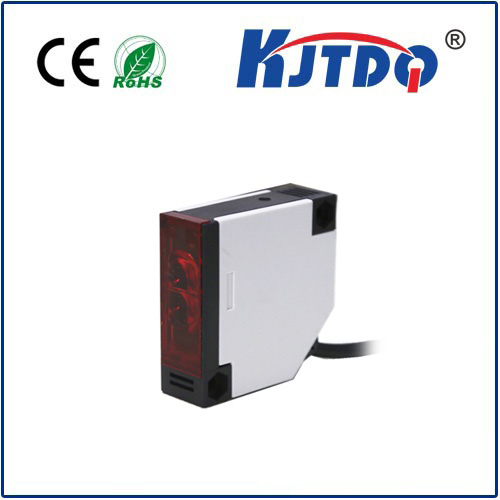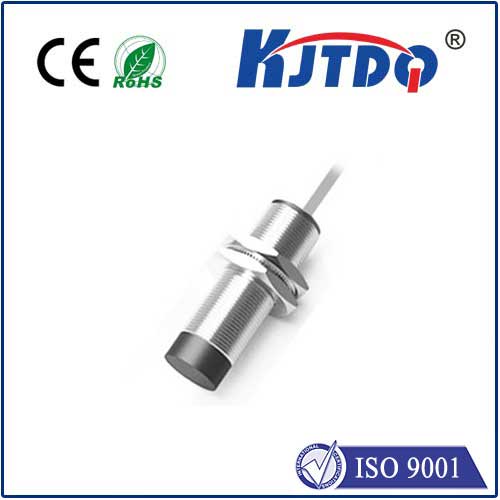sensor probe
- time:2025-08-22 02:10:07
- Click:0
Sensor Probe: The Unseen Sentinel Powering Precision Measurement
Imagine a world where critical processes operate blindly. Manufacturing lines churn out defective products, scientific data remains elusive, environmental threats go undetected, and our vehicles navigate without true awareness. This is the reality we avoid thanks to a fundamental, often overlooked hero: the sensor probe. More than just a component, it’s the crucial interface between the physical world we need to understand and the digital systems that analyze and act.
Understanding the Sensor Probe: The Essential Bridge
At its core, a sensor probe is a device designed to interact directly with a physical phenomenon or substance to gather specific data. It houses a sensing element – the part that actually detects changes in parameters like temperature, pressure, humidity, pH, light, gas concentration, position, or vibration – and packages it within a structure suitable for deployment in its target environment. Think of it as a specialized reporter stationed on the front lines, translating the complex language of the physical world into electrical signals or data streams comprehensible to instruments, controllers, or computers.
Why Probes Matter: Beyond the Sensor Chip
While the sensing element is vital, the probe itself is what makes practical application possible. A bare sensor chip is fragile and impractical for real-world use. The probe provides:

- Environmental Protection: Shielding the sensitive electronics from dust, moisture, chemicals, extreme temperatures, or physical impact. Probes designed for harsh conditions might use robust materials like stainless steel, specialized ceramics, or protective coatings.
- Targeted Interaction: Ensuring the sensing element makes optimal contact with the medium being measured. This could mean a thermowell for temperature probes in pipes, a permeable membrane for gas probes, or a specific electrode geometry for pH probes.
- Signal Conditioning: Often incorporating basic circuitry near the sensor to stabilize, amplify, or filter the raw signal before transmitting it over longer distances, reducing noise and improving measurement accuracy.
- Mounting and Accessibility: Providing physical means (threads, flanges, clamps, etc.) to securely install the probe exactly where the reading is needed.
Exploring the Diversity: Types of Sensor Probes
The world of sensor probes is incredibly diverse, tailored to countless applications:
- Temperature Probes: From simple thermocouples for ovens to precise RTDs (Resistance Temperature Detectors) in laboratories and rugged thermistors in engines. Accurate temperature monitoring is fundamental across industries.
- Pressure Probes: Measuring everything from hydraulic system pressure to blood pressure or vacuum levels. Designs vary greatly, including diaphragm seals for corrosive media.
- Humidity & Moisture Probes: Essential for climate control, industrial drying, agriculture, and building management systems. Capacitive sensors are common, relying on changes in dielectric properties.
- pH & Electrochemical Probes: Critical for water treatment, chemical processing, pharmaceutical production, and environmental monitoring. These require careful calibration and maintenance.
- Gas Sensor Probes: Detecting specific gases like oxygen, carbon monoxide, methane, or volatile organic compounds (VOCs) for safety, process control, and air quality assessment.
- Level Probes: Determining the fill level of liquids or solids in tanks, silos, or reservoirs using technologies like capacitance, ultrasonic, or radar.
- Vibration & Position Probes: Monitoring machinery health with accelerometers or precisely measuring displacement in manufacturing and automation.
Where Sensor Probes Operate: Critical Applications
The reach of sensor probes is truly ubiquitous:
- Industrial Automation & Manufacturing: Maintaining optimal process conditions, ensuring product quality, enabling robotic precision, and predictive maintenance. Process efficiency hinges on reliable probe data.
- Scientific Research & Laboratories: Providing precise measurements in controlled experiments, material analysis, and environmental studies. Data integrity is paramount here.
- Environmental Monitoring: Tracking air and water quality, soil conditions, and weather patterns. Probes deployed in remote or harsh locations gather vital environmental data.
- Healthcare & Life Sciences: Used in medical diagnostics (e.g., blood glucose monitors, patient monitors), laboratory equipment, and pharmaceutical research.
- Building Management Systems (BMS): Controlling HVAC for comfort and energy efficiency, monitoring air quality, and managing security systems.
- Automotive & Aerospace: Monitoring engine parameters, cabin conditions, fluid levels, and structural integrity for performance and safety.
- Consumer Electronics: Found in smartphones (ambient light, proximity), wearables (heart rate), and smart home devices.
Key Considerations for Probe Selection & Performance
Choosing and using the right sensor probe involves several critical factors:
- Measurement Range & Accuracy: Does the probe cover the expected values? How precise does the reading need to be? Measurement accuracy is non-negotiable for critical applications.
- Response Time: How quickly must the probe react to changes? This is vital for real-time control systems.
- Operating Environment: Temperature extremes, chemical exposure, pressure, vibration, humidity, and potential for physical damage dictate probe material and construction (harsh conditions require robust designs).
- Media Compatibility: Will the probe material chemically react with or contaminate the substance it’s measuring? (e.g., food-grade requirements).
- Calibration & Maintenance: Periodic calibration is essential for maintaining accuracy over time. Some probes require specific maintenance procedures (e.g., cleaning, electrolyte refill for pH probes).
- Output Signal & Connectivity: Compatibility with the data acquisition system (e.g., analog voltage, 4-20mA current loop, digital protocols like Modbus, IO-Link).
The Future: Innovation in Probing Technology
Sensor probe technology is constantly evolving. Key trends include:
- Miniaturization: Creating ever-smaller probes for minimally invasive applications in medicine and confined spaces.
- Enhanced Durability & Longer Lifespan: Developing materials and coatings for probes that withstand even more extreme harsh conditions with less maintenance.
- Smart Probes: Integrating more intelligence directly into the probe head – self-diagnostics, local processing, digital communication protocols, and even wireless connectivity.
- Multi-Parameter Probes: Combining several sensing elements (e.g., temperature and pressure, or pH and conductivity) into a single probe body for comprehensive monitoring.
- Advanced Materials: Utilizing novel ceramics, polymers, and nanomaterials for improved sensitivity, selectivity, and resilience.
The Unsung Enabler
Sensor probes are the indispensable enablers of modern measurement. They go where the data is, enduring environments that would cripple sensitive electronics, and faithfully translating the physical world into actionable information. From ensuring the quality of our drinking water and optimizing industrial processes to advancing scientific discovery and keeping us safe, these specialized devices operate silently in the background, their significance far exceeding their often simple appearance. Understanding how probes function and the critical role they play is fundamental to harnessing the power of sensing technology effectively. Choosing the right probe, deploying it correctly, and maintaining it diligently are crucial steps in unlocking reliable and insightful data for any application demanding precision measurement.






